A Life in Pictures – Tilla Durieux at the Leopold Museum
The actress is one of the most dazzling stars of the early 20th century and was long considered the role model of the modern woman. A text by Sabine B. Vogel.
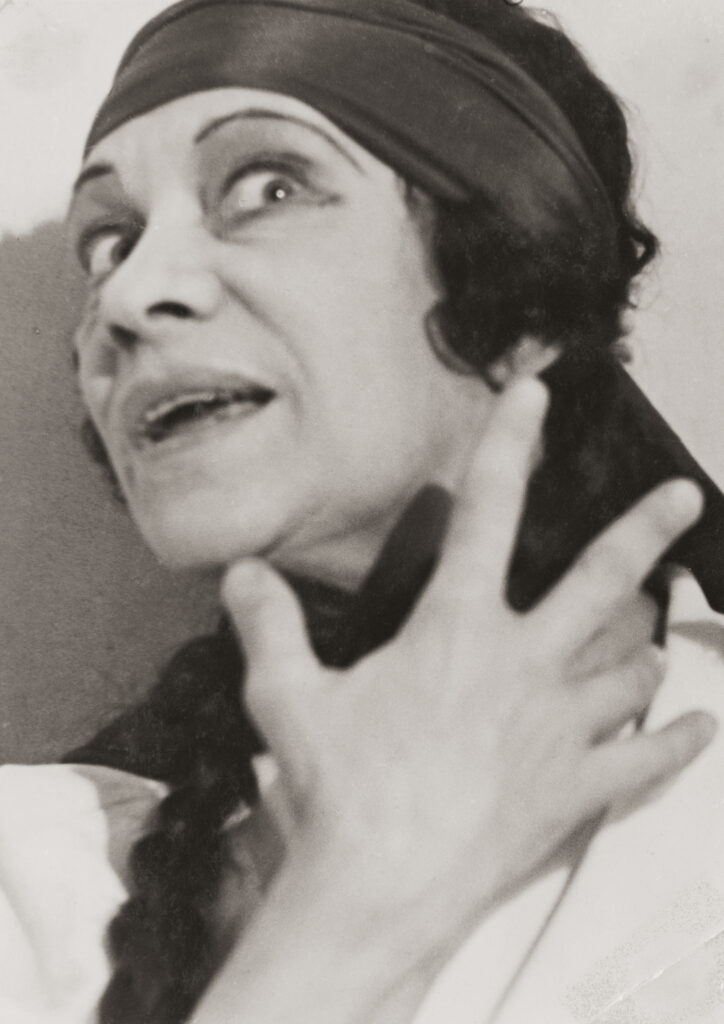
ANONYMOUS PHOTOGRAPHER,Tilla Durieux as Lady Macbeth in Macbeth, 1937 © Akademie der Künste, Berlin, Tilla-Durieux-Archiv, Nr. 193_3, Photo: Akademie der Künste, Berlin, Tilla-Durieux-Archiv, Nr. 193_3
The actress who was born as Ottilie Godeffroy in Vienna in 1880 and died known under her stage name Tilla Durieux in Berlin in 1971, is one of the most enigmatic stars of the early 20th century. She shone on stage and was long regarded as the role model of the modern woman. Now a major show at the Leopold Museum is dedicated to her. For Durieux is one of the most portrayed women of the last century – although she was by no means considered a beauty. A theater critic even once called her a “white Negress” because of her very individual facial features. But therein lay her strength, which allowed for great versatility in her stage roles and portrait sessions.
Thus, after three years of research, curator Daniela Gregori can now present 233 works that show Durieux in 14 paintings, 16 sculptures, plus works on paper and photographs. One of the earliest portraits comes from the collection of the Leopold Museum: Her first husband Eugen Spiro painted his wife in 1905 on the sofa in domestic bliss – which at that time was already ticked off.
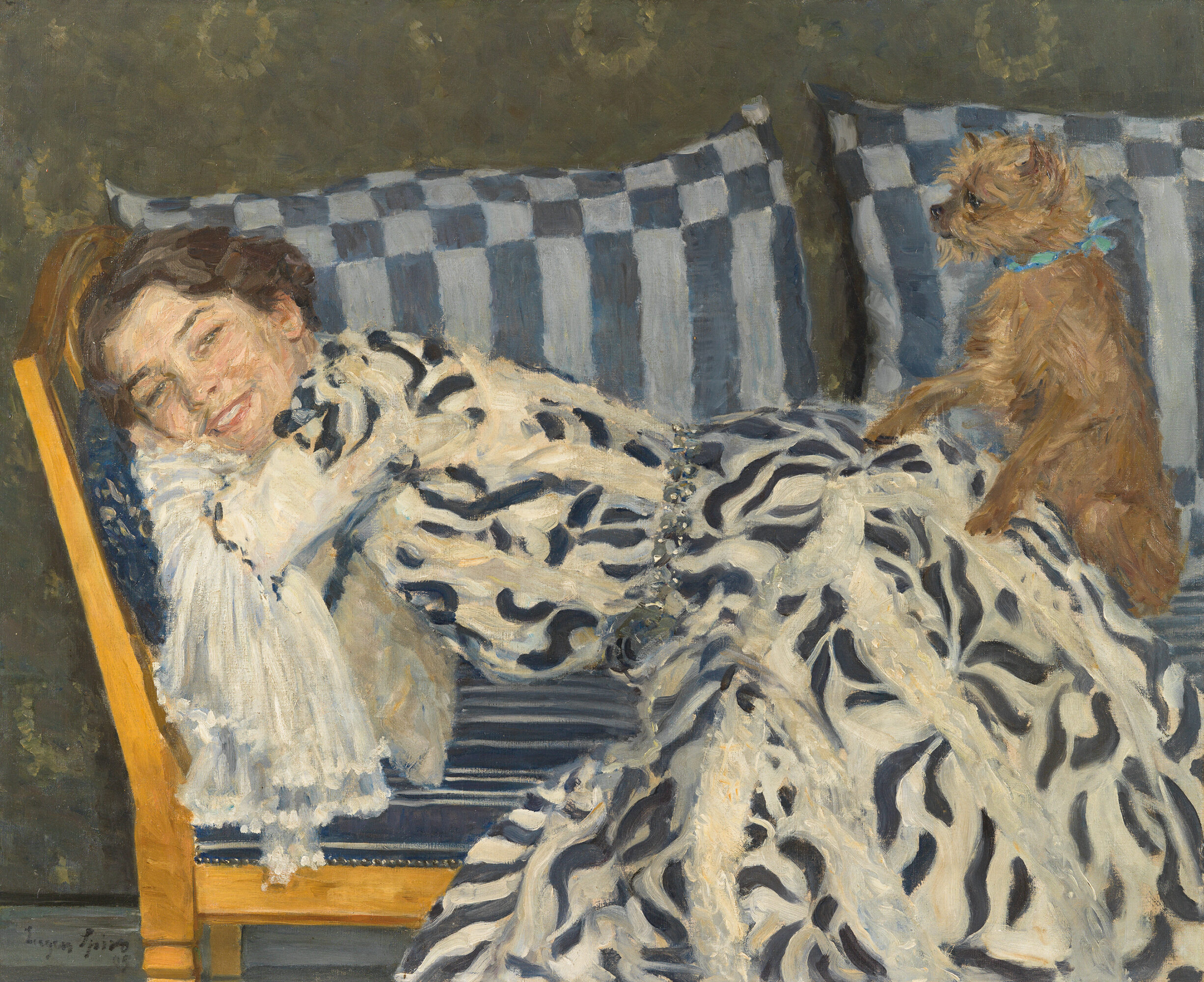
EUGEN SPIRO, Lady with dog (Tilla Durieux), 1905 © Private collection, Photo: Leopold Museum, Vienna © Bildrecht, Wien 2022
For in that year she met her second husband, the well-known art dealer Paul Cassirer, who had her portrayed by numerous celebrated artists: Max Slevogt captured her in 1907 in her role as the seductive Cleopatra, Franz von Stuck as the beguiling Circe. Not all artists were enthusiastic about the commissions; Oskar Kokoschka accepted it only “with reluctance,” as Gregori writes in the catalog, and Max Oppenheimer searched for the appropriate pose with a few studies. These works also belong to the collection of the Leopold Museum. Ernst Barlach created several portrait busts in plaster, bronze and porcelain at once. Even her 1914 portrait of Auguste Renoir, now owned by the Metropolitan Museum of Art in New York, can be seen at the Leopold Museum. It is one of the master’s last works, done while he was sitting in a wheelchair, his brushes tethered to his hand. Painting fascinating, Durieux is, however, so idealized that the diva is barely recognizable.
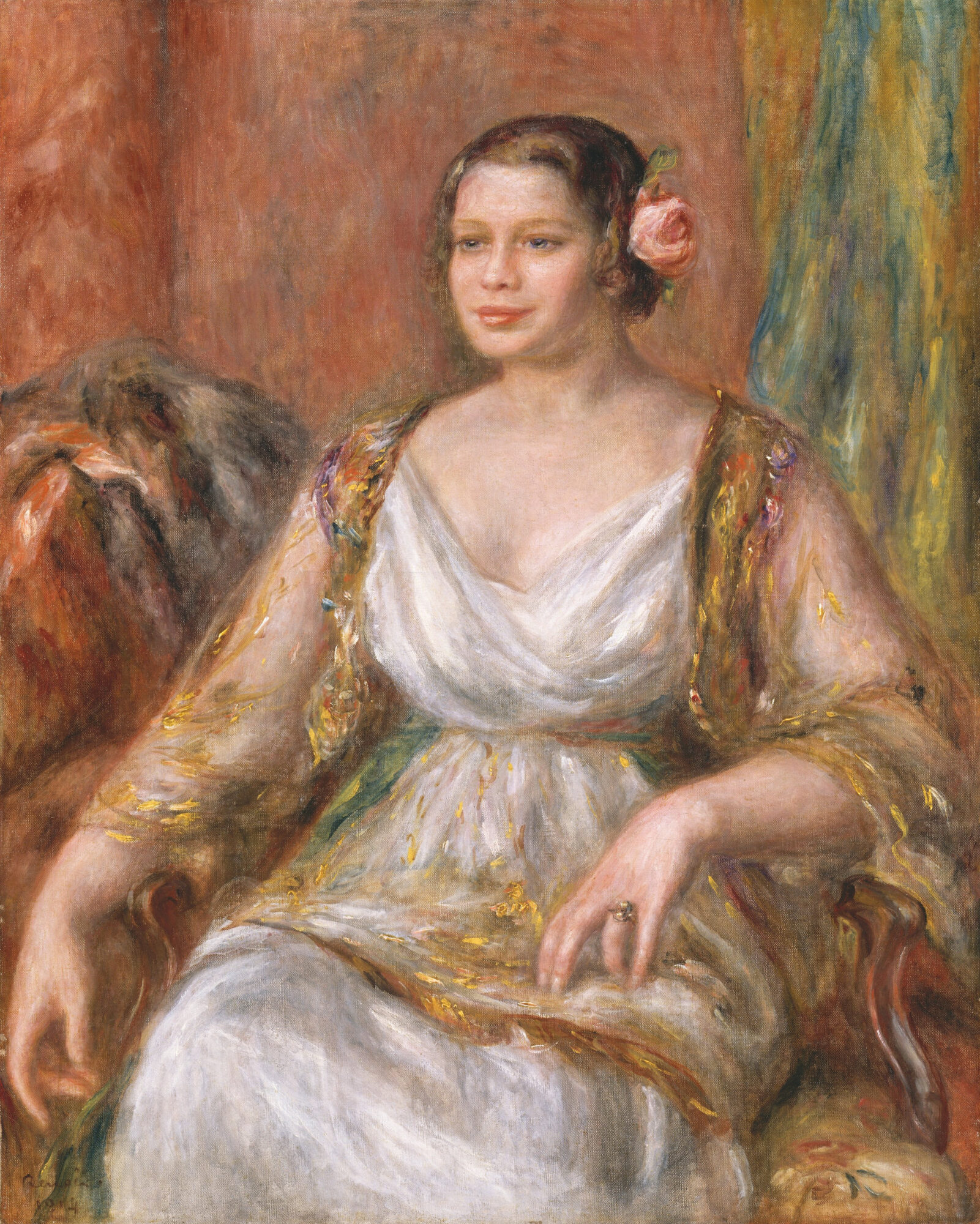
AUGUSTE RENOIR, Portrait of Tilla Durieux, 1914 © The Metropolitan Museum of Art, New York, Bequest of Stephen C. Clark, 1960
In the 1920s, she was portrayed as a self-confident, emancipated “New Woman” by artists such as Charley Toorop, Martel Schwichtenberg and the photographer Lotte Jacobi. An anonymous photographer captured her in close-up as the diabolical Lady Macbeth in 1937, by which time she had already been living in exile in Prague for four years. The exhibition only touches on the years she worked there as a costume designer for a puppet theater until her return to Germany in 1955. One of the last portraits shows a pensive Durieux in 1967 in a drawing by Helga Tiemann. In the same year, she decreed that her Art Deco necklace with 34 zircons set in platinum, once received from Cassirer, would be awarded every ten years as a prize for an “outstanding representative of German acting.” Presented to German actress Gabriela Maria Schmeide in 2021, this object, intended as an eternal keepsake, is now also on display at the Leopold Museum until February 2023.
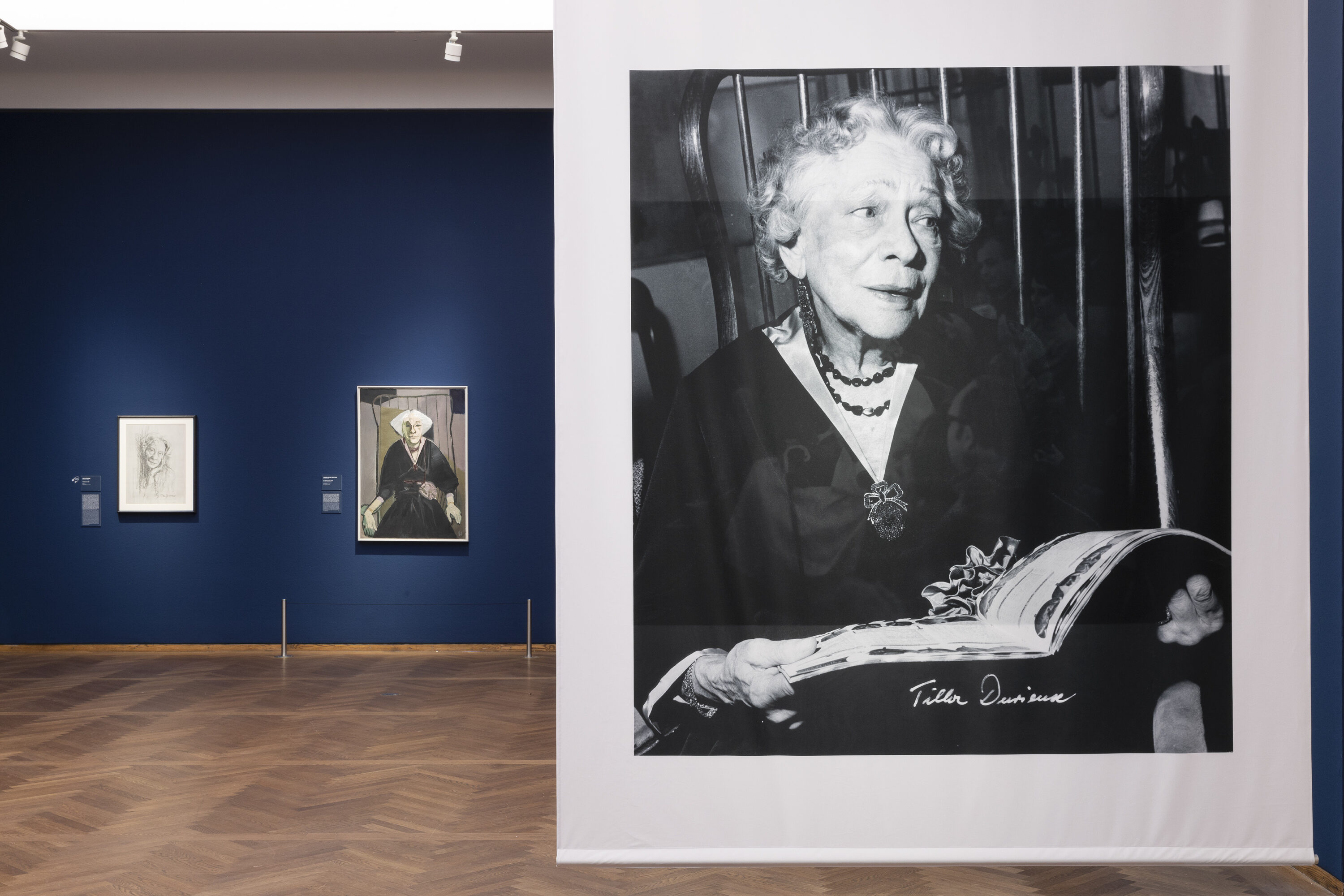
Exhibition View "Tilla Durieux" © Leopold Museum, Vienna, Photo: Lisa Rastl
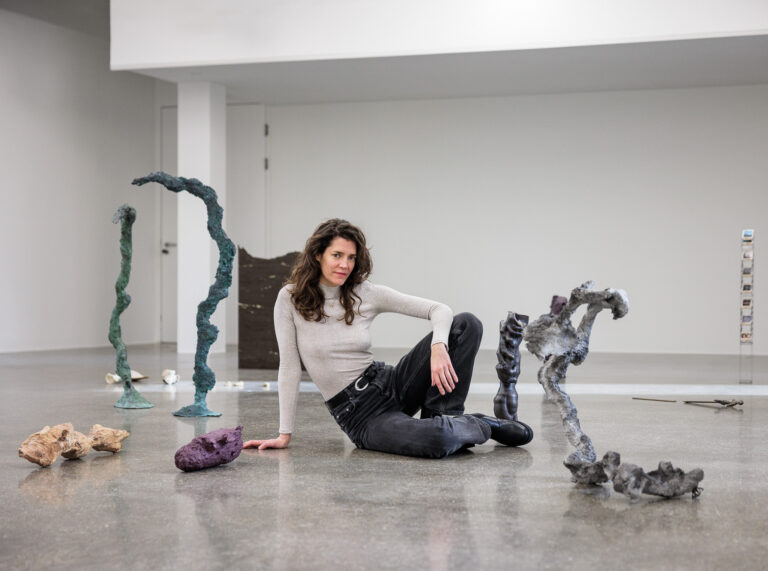
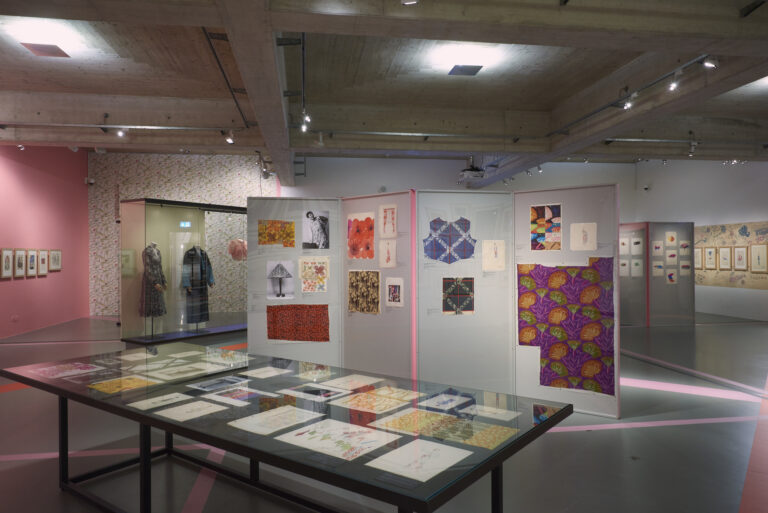
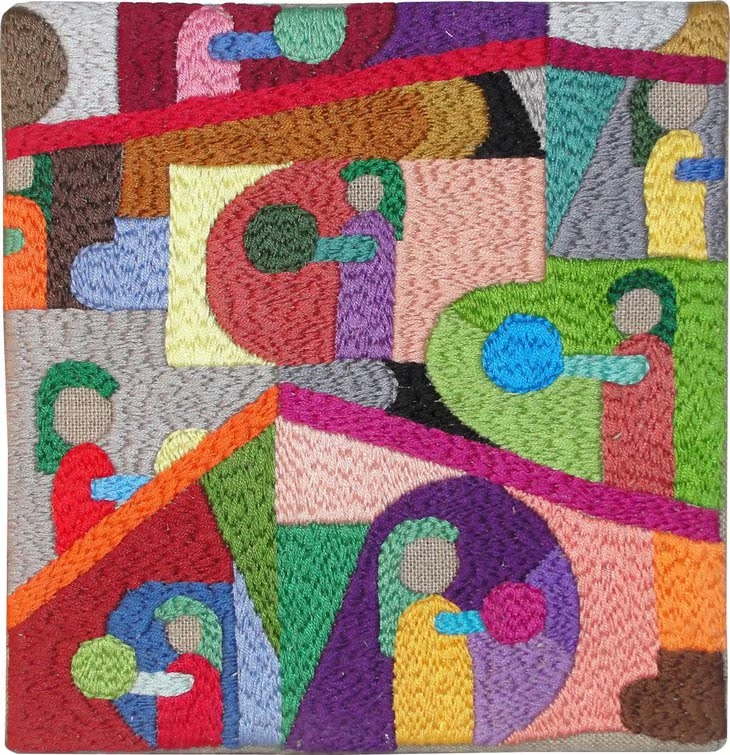

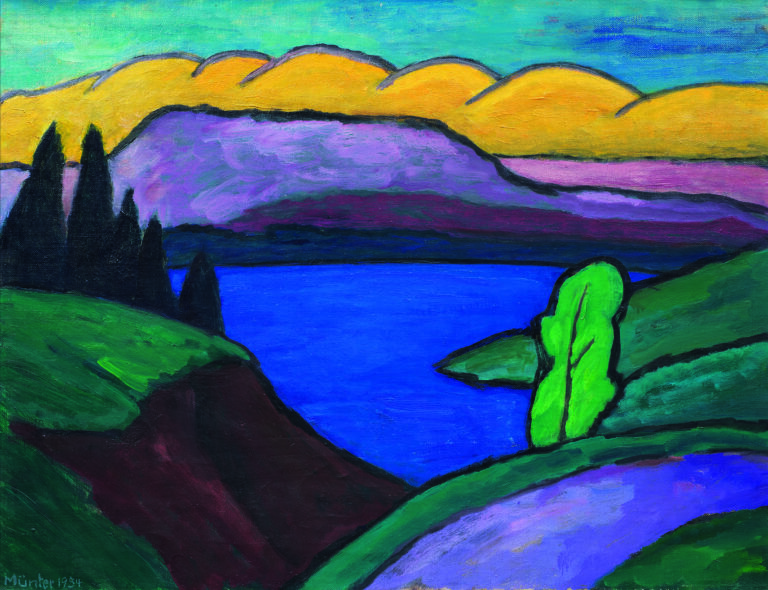

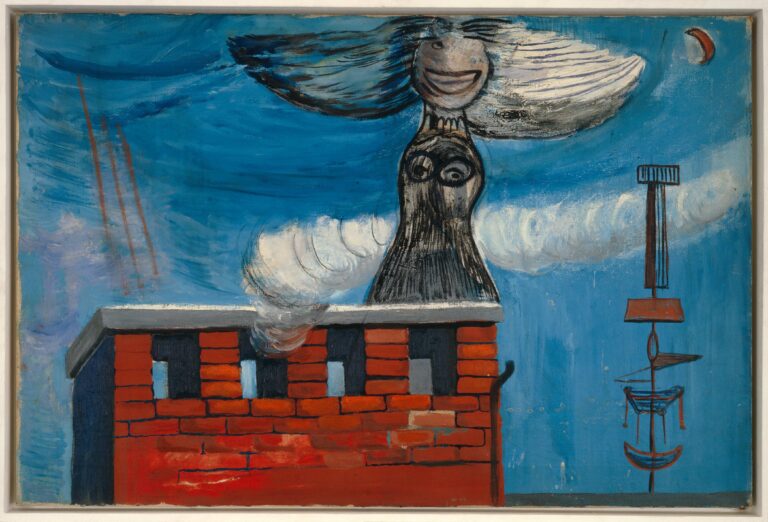
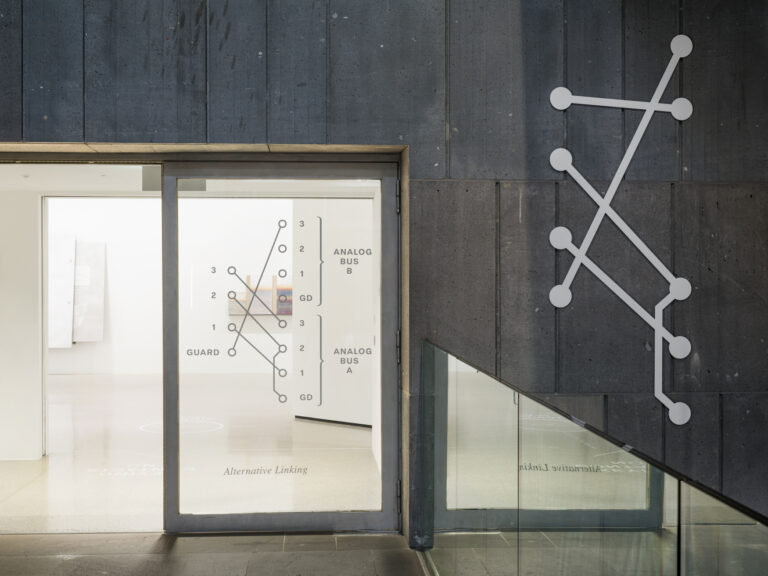
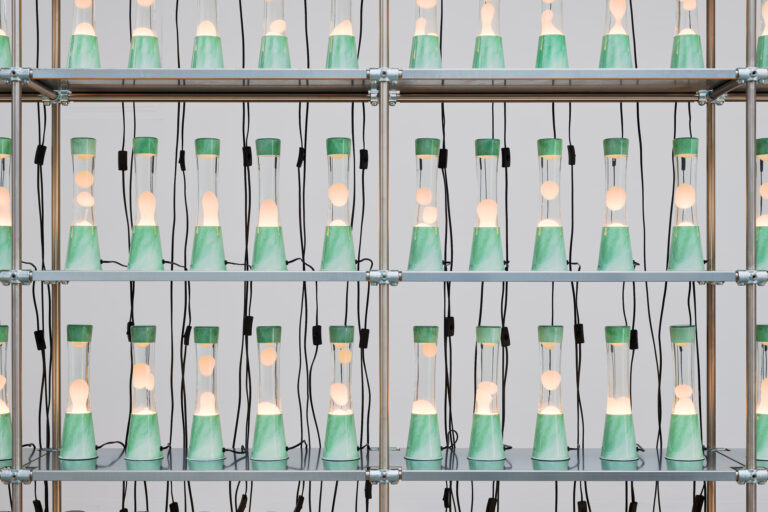
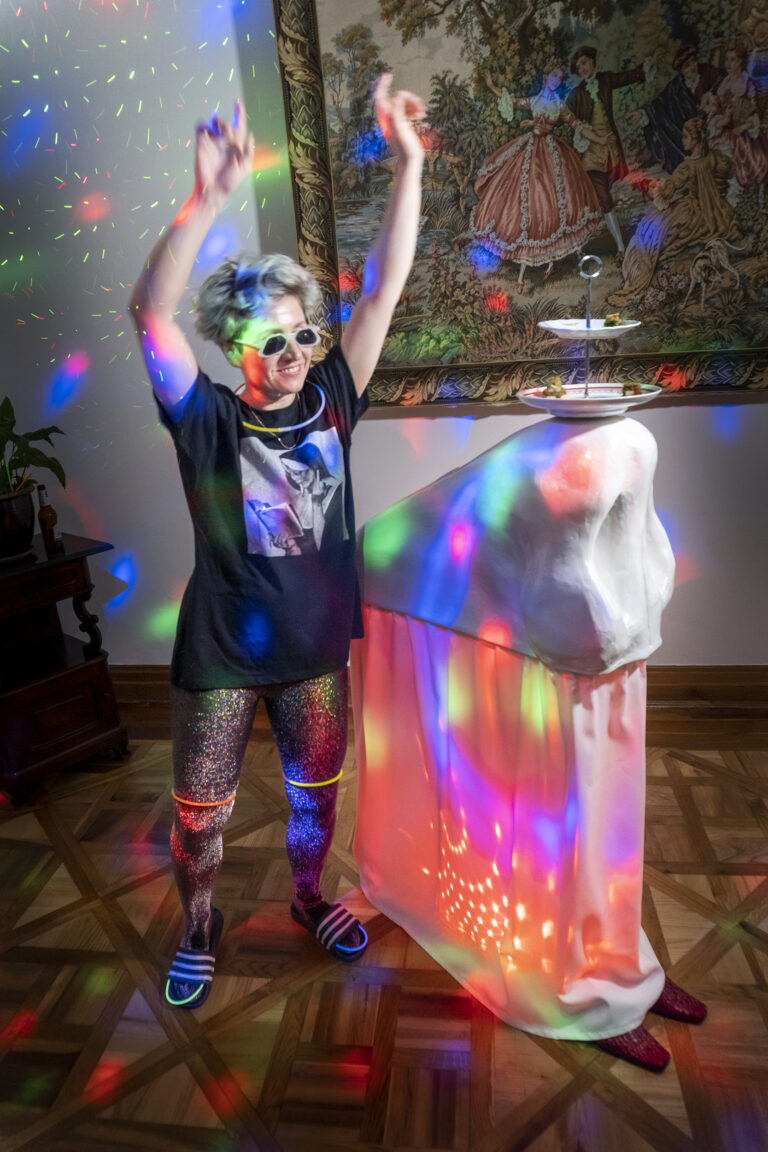
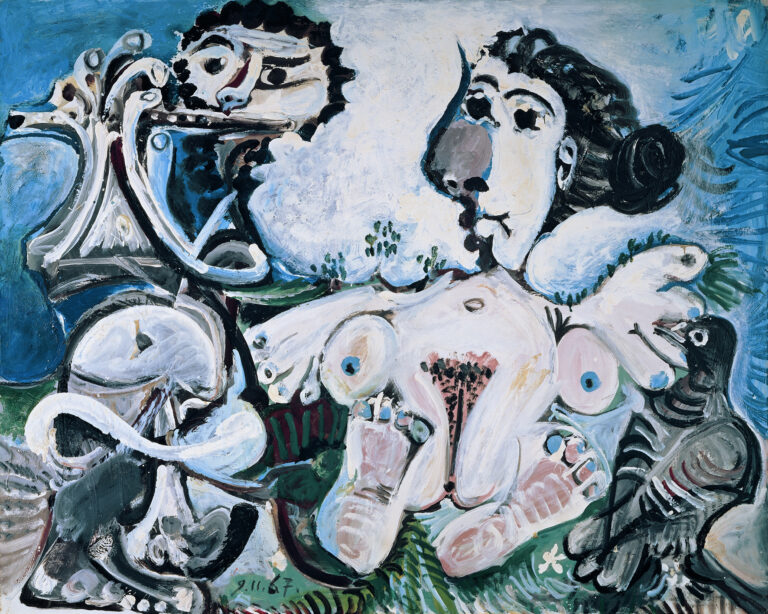
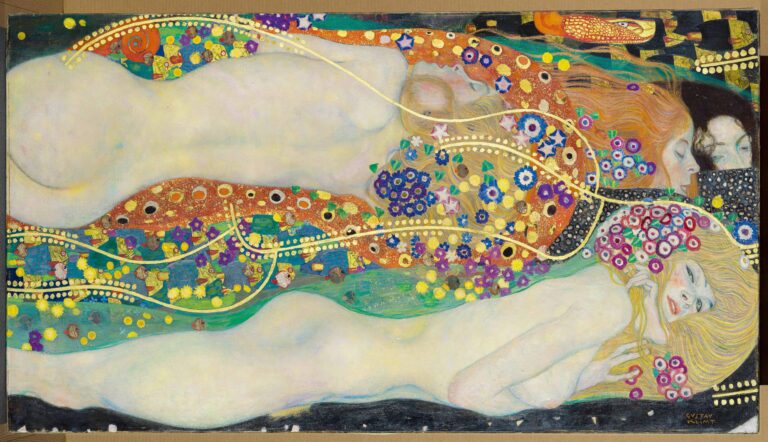
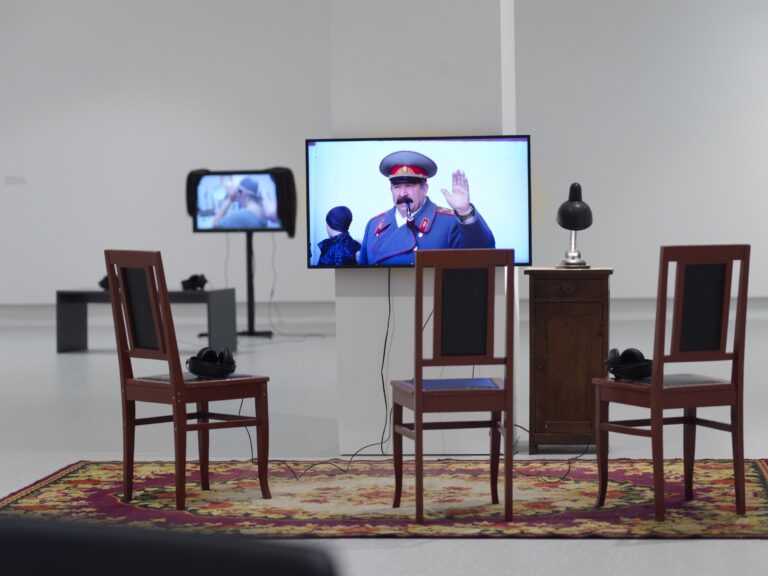
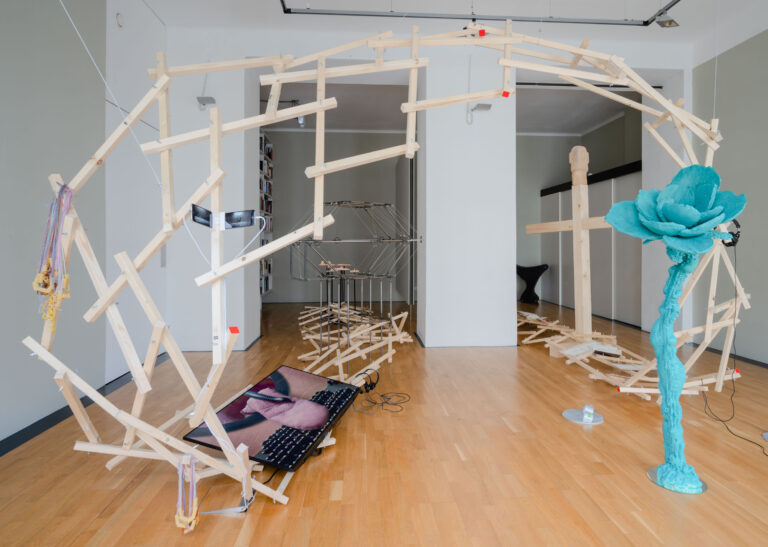
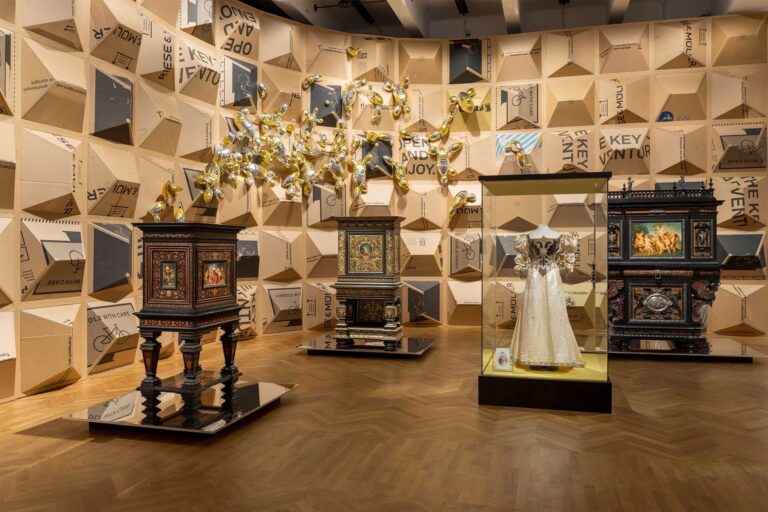
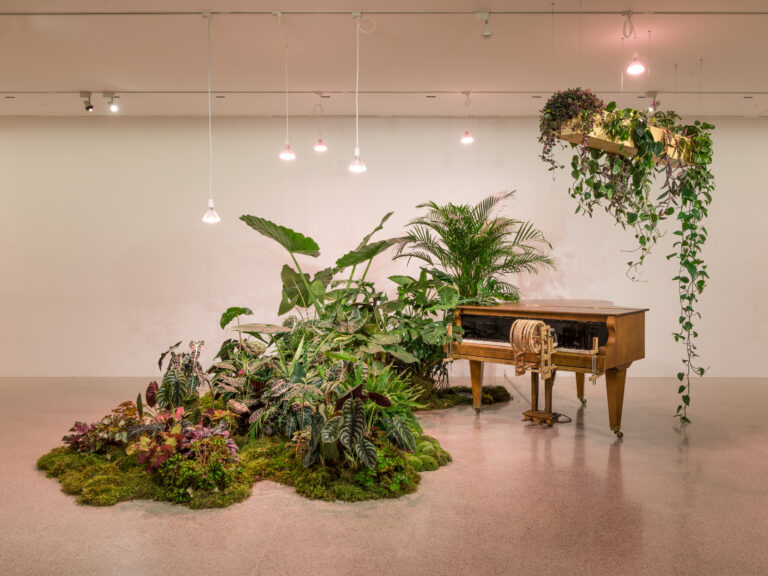
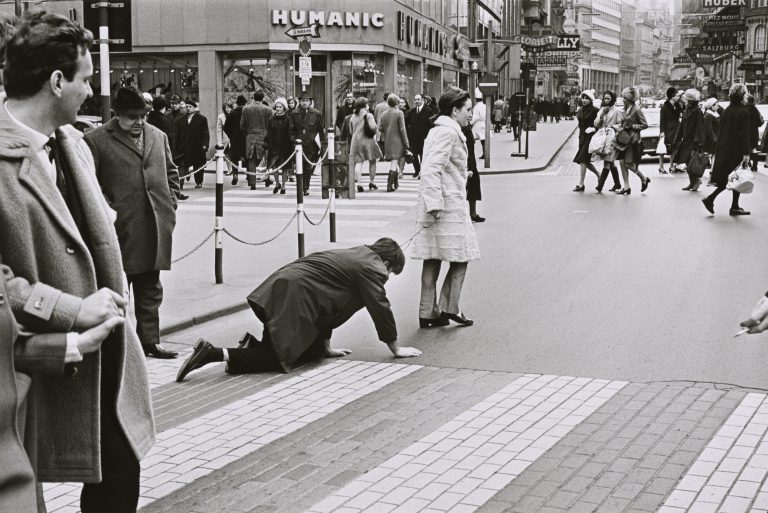
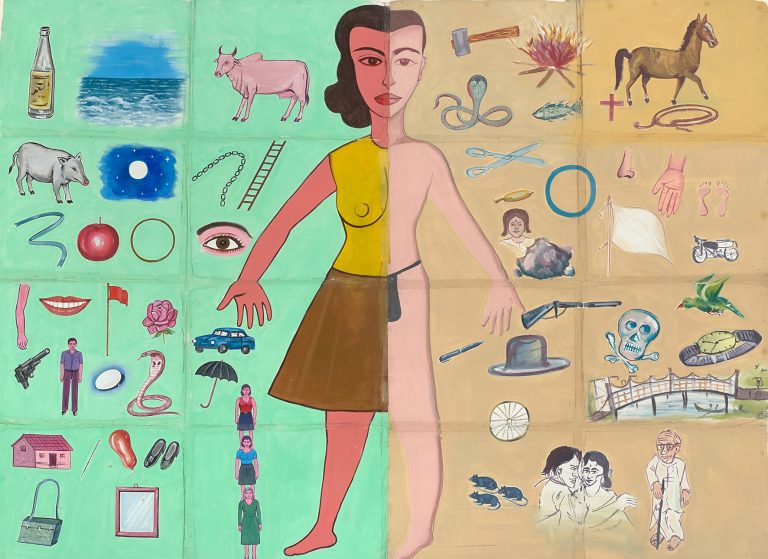
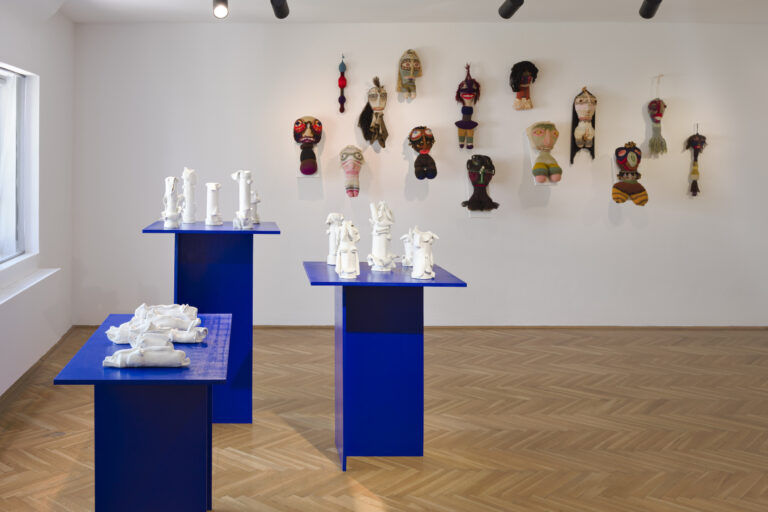

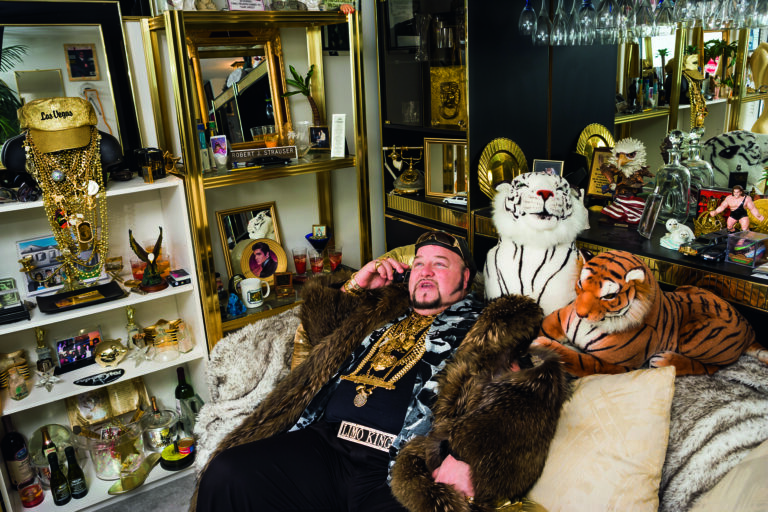
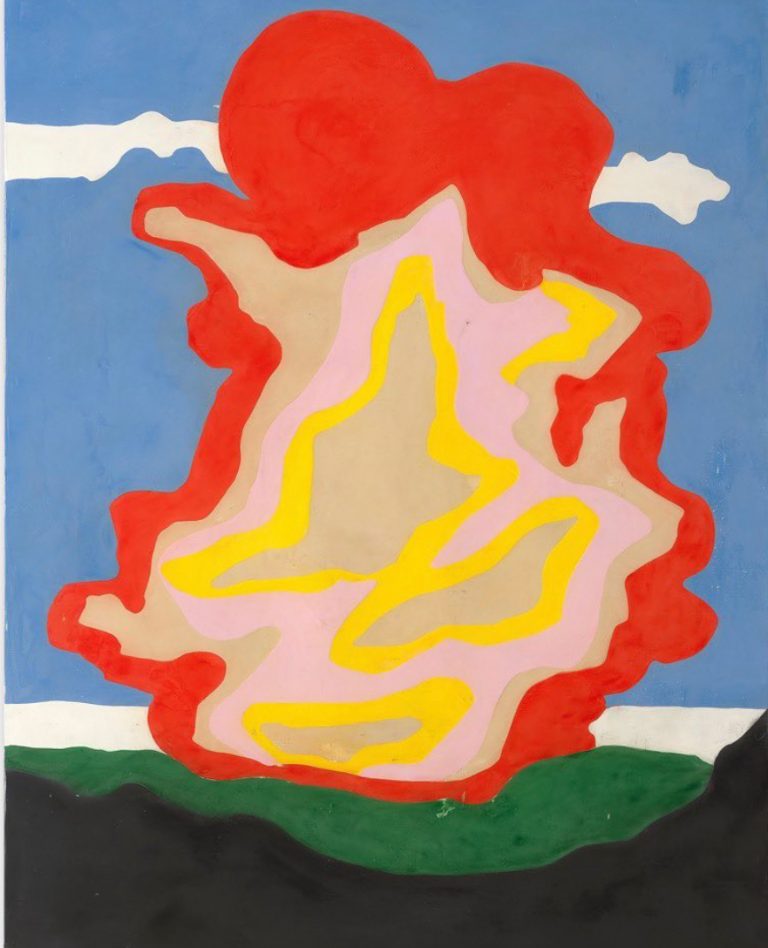

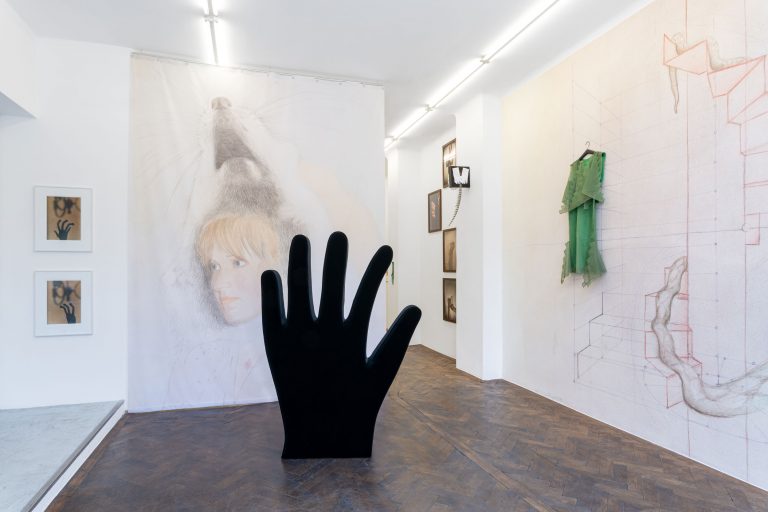
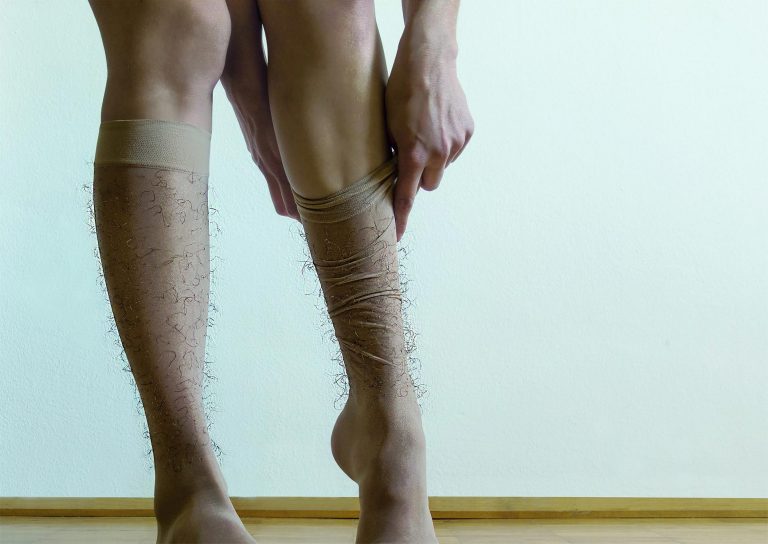
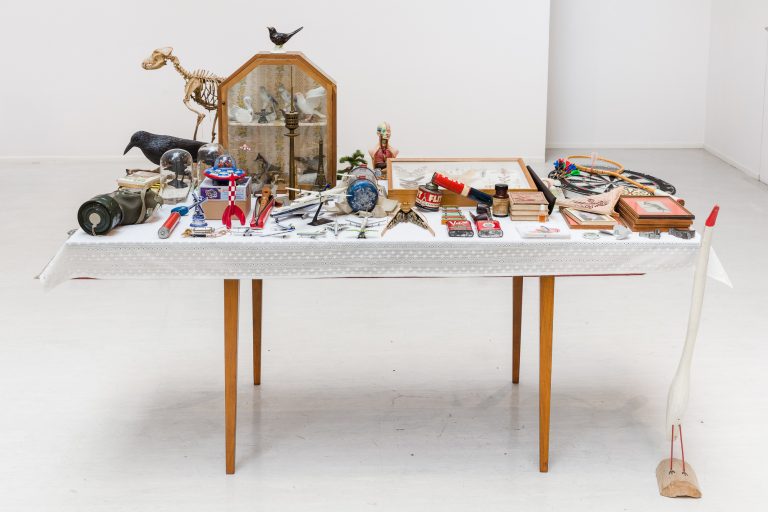
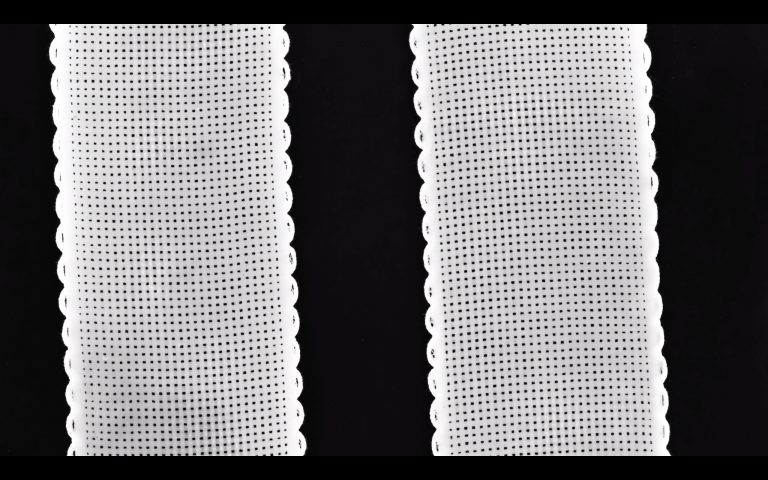
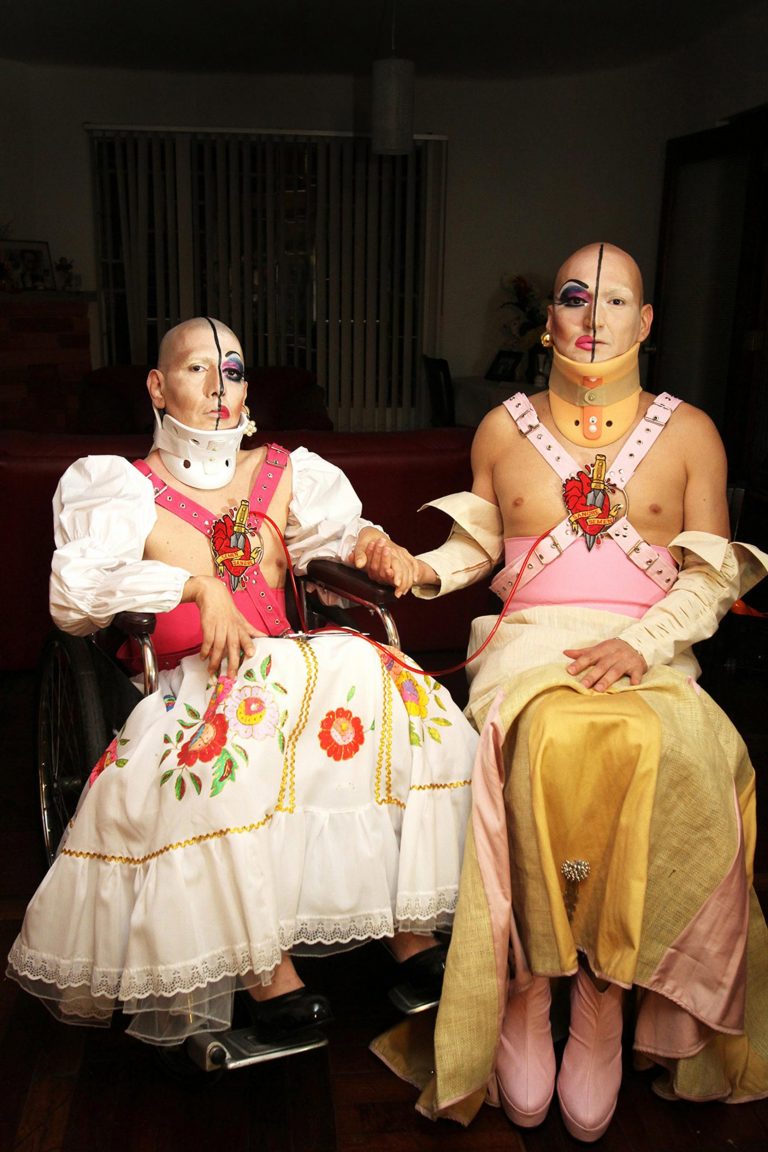
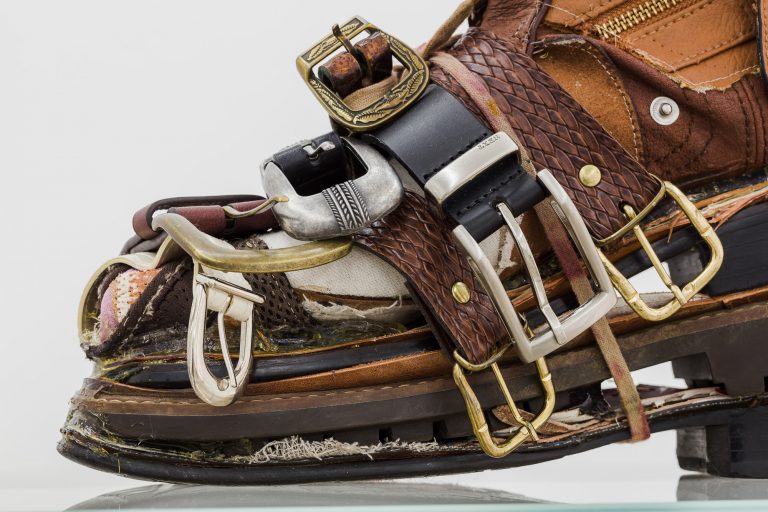
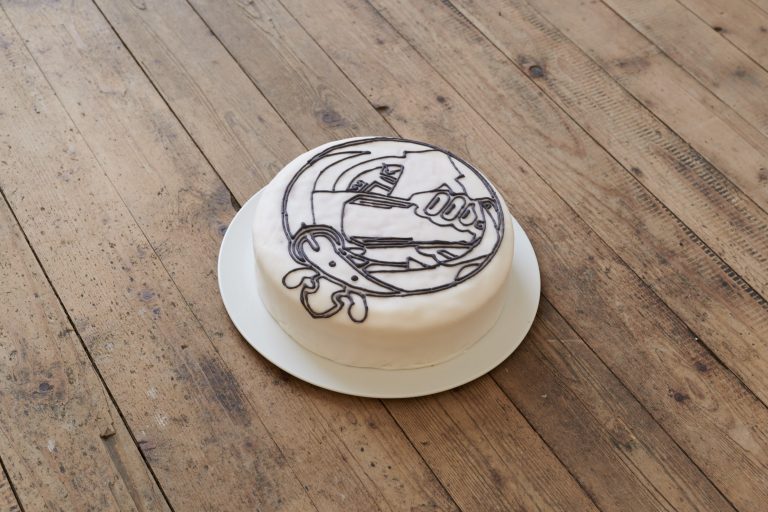
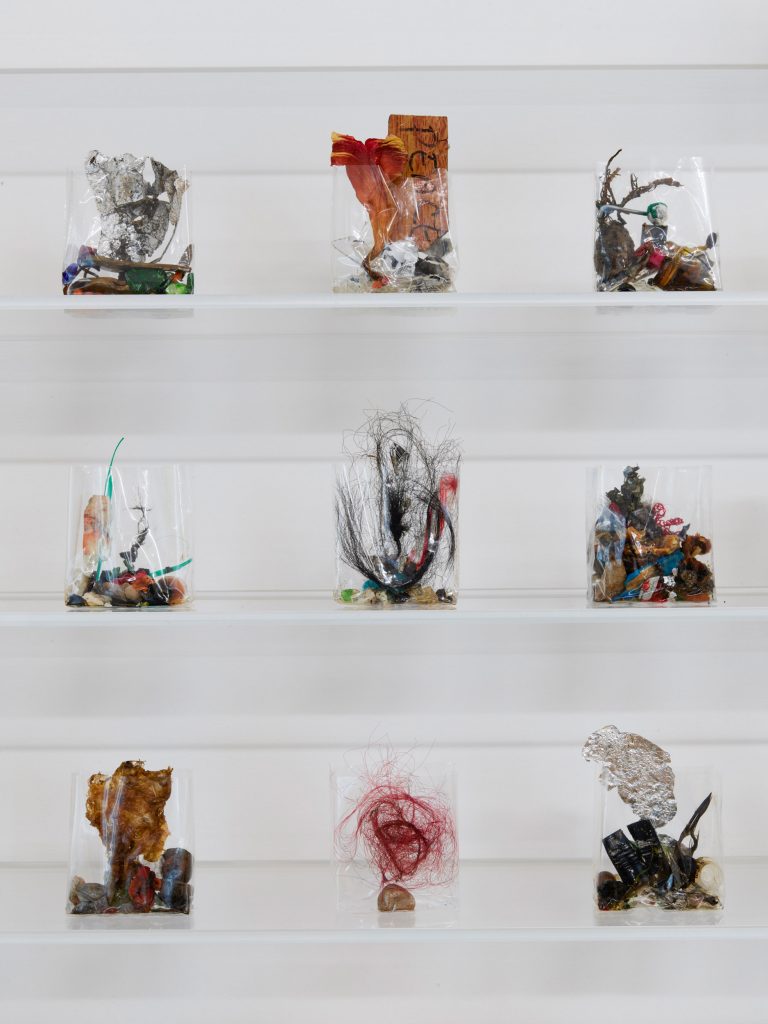

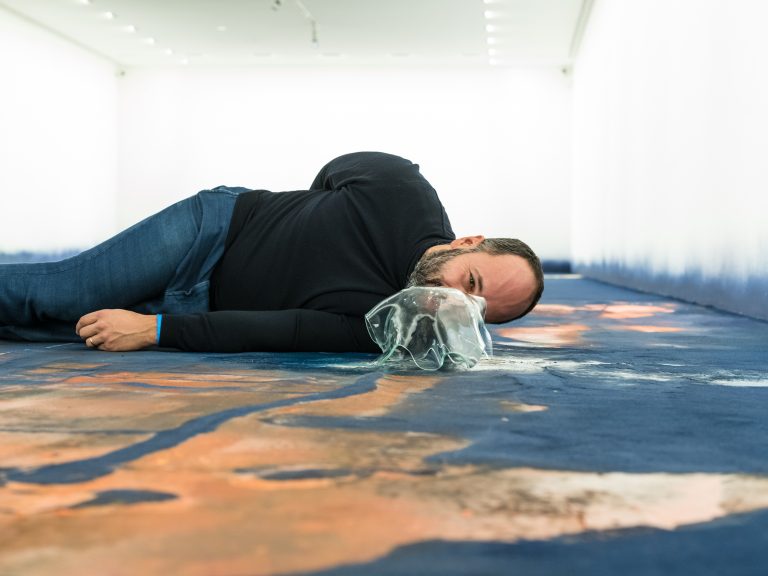
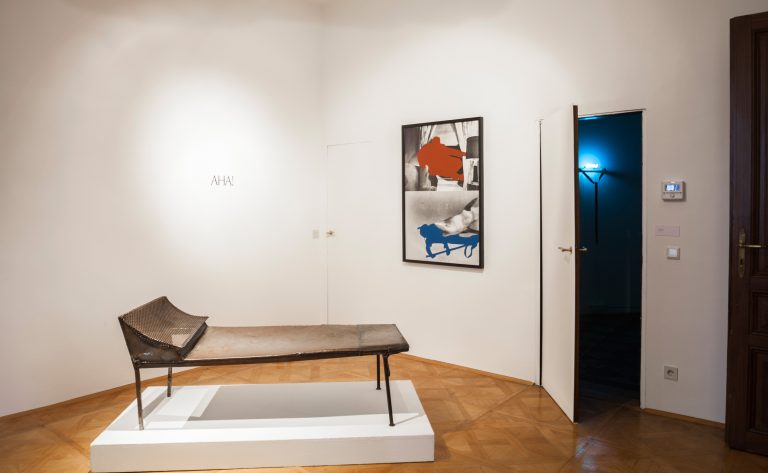
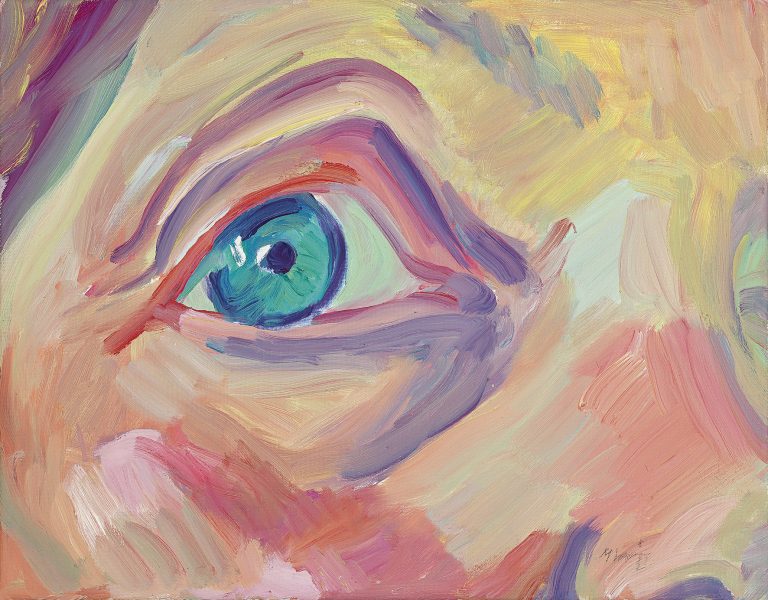
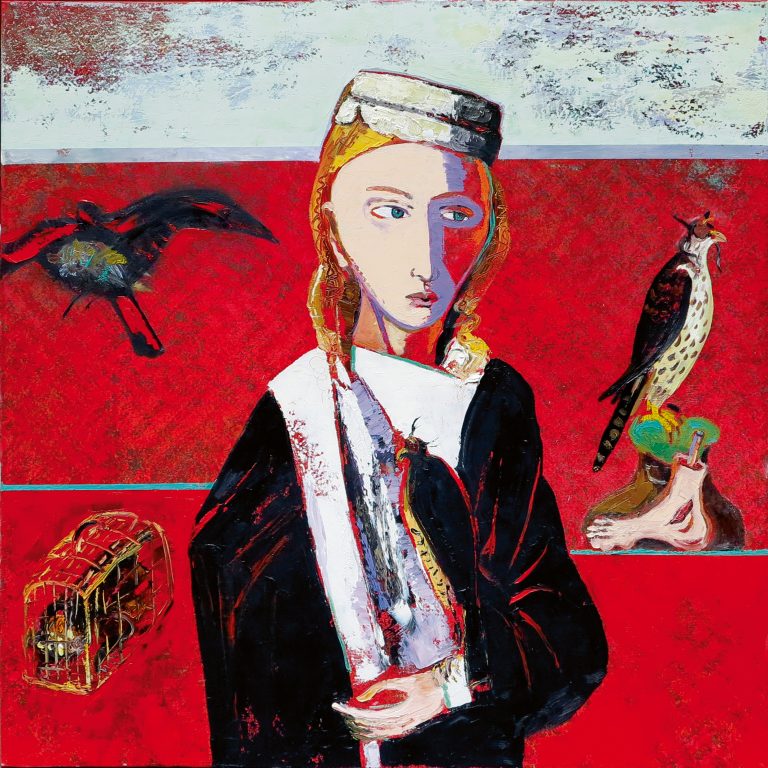
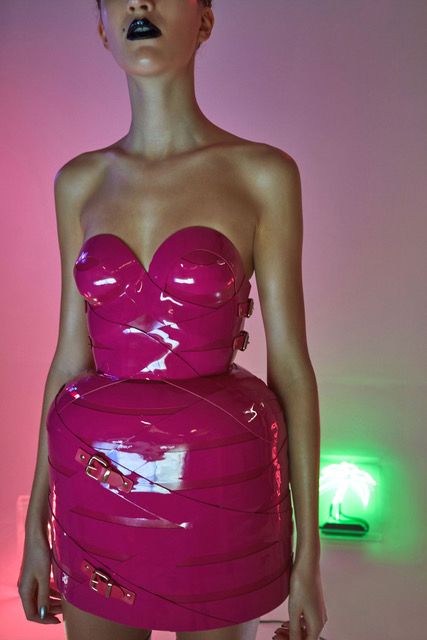
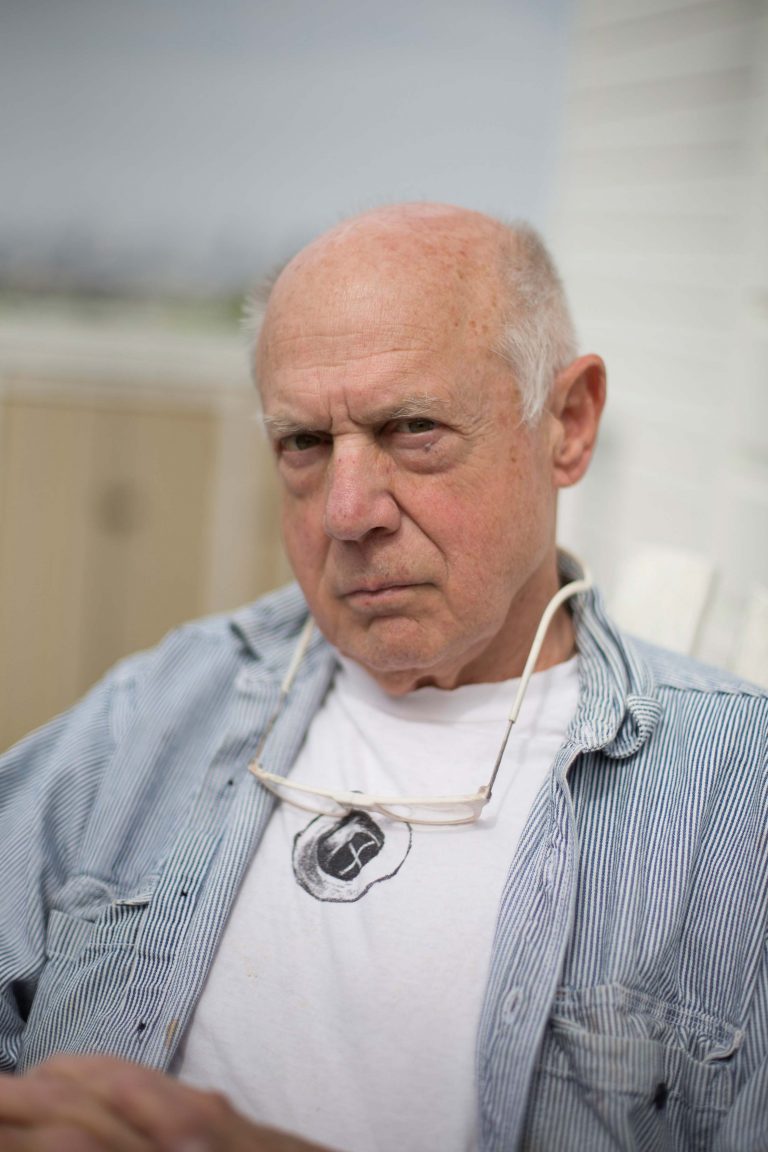
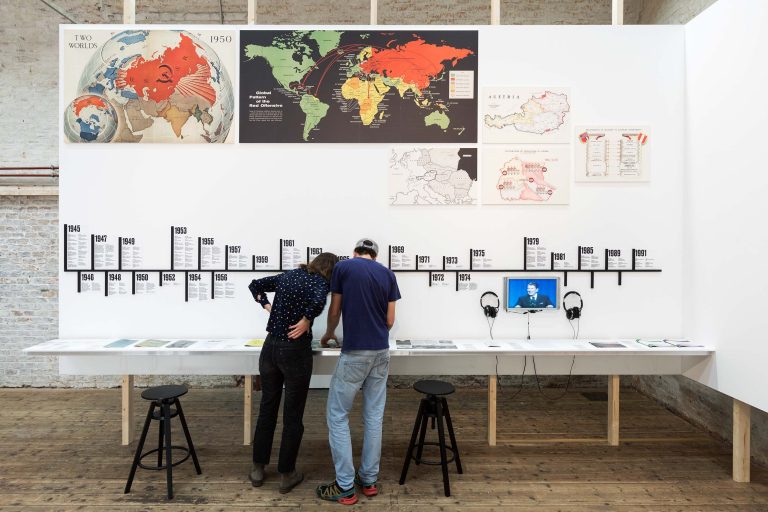
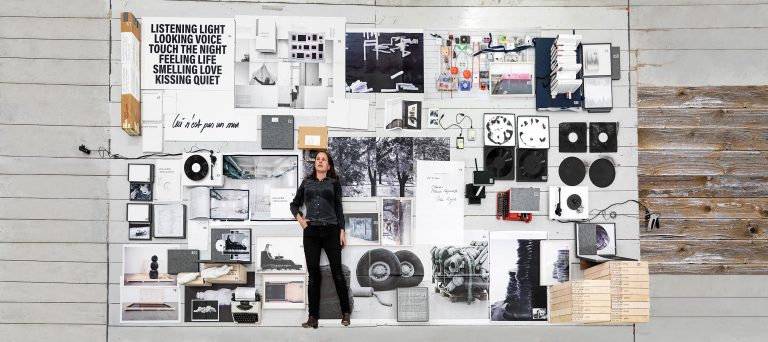
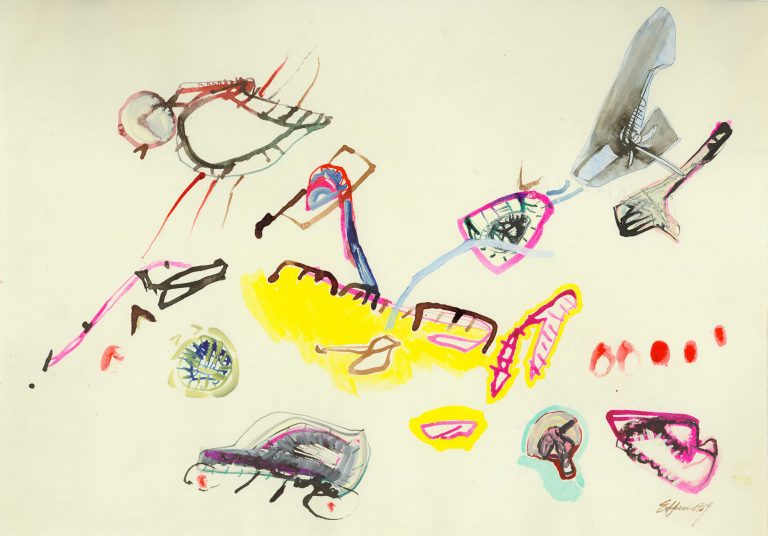
 and then
and then